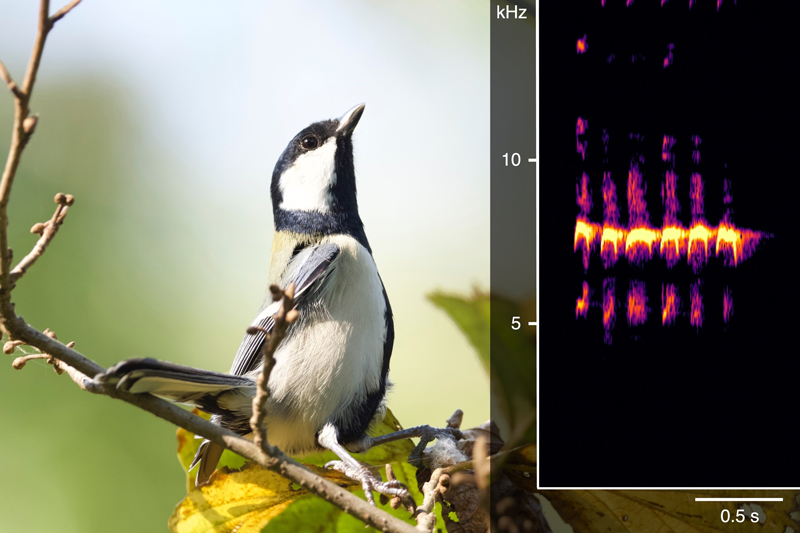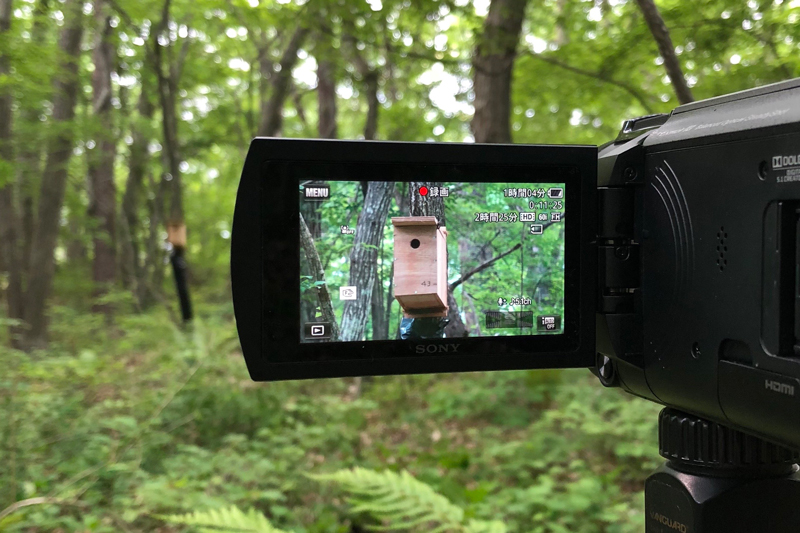- HOME
- Research
- Research Category
- Animal Linguistics Suzuki Laboratory
Animal Linguistics
Suzuki Laboratory
Animal linguistics: Integrating animal behavior, linguistics, and cognitive science
Toward a future where humans can understand animal language
Our laboratory is the world’s first laboratory specializing in the field of animal linguistics. Our research integrates animal behavior, linguistics, and cognitive science to explore questions such as: (1) what do animal signals (e.g., vocalizations or gestures) mean, (2) how do they function in survival and reproduction, and (3) what cognitive capabilities are necessary for a communication system to evolve? We use a variety of methods, including behavioral observations of wild animals, audio recording and analysis, psychological experiments in the field, and semi-natural experiments under captive conditions. We focus primarily on social animals that regularly use communication in social contexts, such as birds and mammals.
Unraveling the universal principles of language evolution
Our research aims to unravel the origins and evolution of human language by studying animal communication. It has long been assumed that language has evolved all at once in humans; however, recent studies have shown that elements of language have also evolved in non-human animals. For example, the Japanese tit, a passerine species, can use different calls to convey different meanings and combine them to create complex messages. By focusing on cognitive capabilities constructing language and comparing them between different species, we are exploring the universal principles of language evolution.
Co-creative science open to society
We are conducting research with an eye toward connections to the fields of environmental education, conservation, animal welfare, and artificial intelligence. We are also actively engaged in outreach and dissemination of research to society.

A Japanese tit looking up to the sky for ‘hawk’ warning calls

A Japanese tit looking down on the ground for ‘snake’ warning calls

Observation of bird behavior in the field
What are animals thinking and talking about? This question has captivated me since childhood. In high school, I acquired binoculars and became deeply interested in birdwatching, which eventually led me to study the calls of the Japanese tit in universities. My research began with the simple question, "Why do the tits produce so many different calls?" Through a long-term field research, I discovered that these calls often function as words and sentences, and that birds use their wings for gestural communication. Currently, our lab is expanding its research to include not only birds but also mammals and other animal taxa. Through collaboration with students and postdocs, our laboratory aims to realize a future where we can understand animal languages.
Member

-
- Associate professor
Toshitaka SUZUKI
Research Area: Animal linguistics, Animal behavior - Associate professor
Laboratory Homepage
Tags

